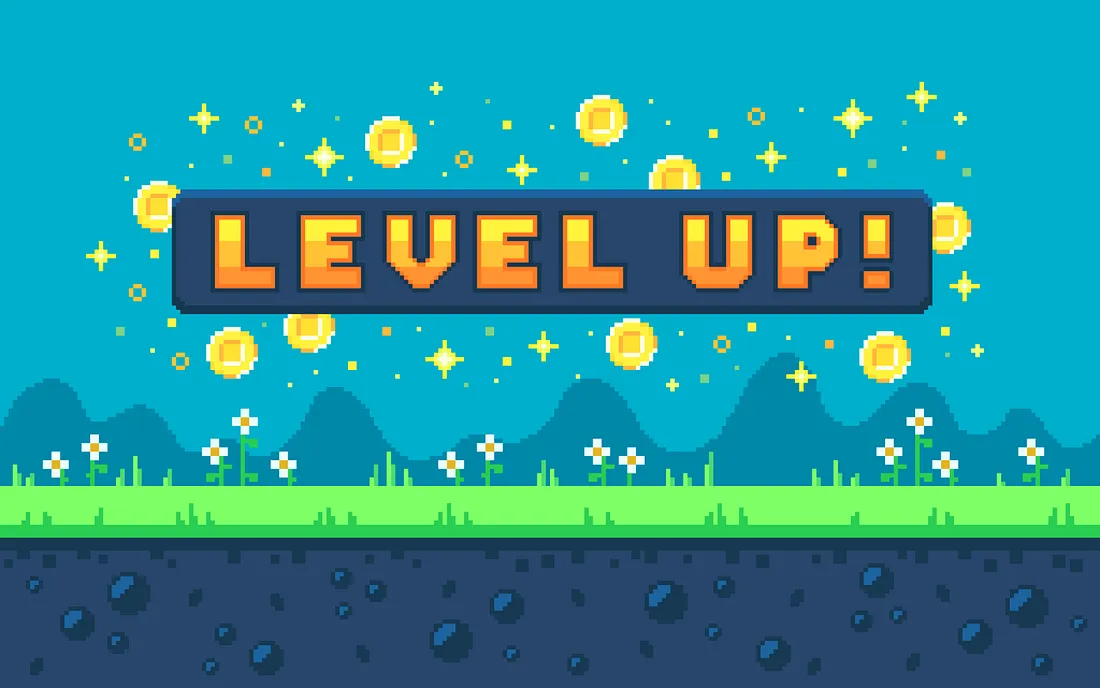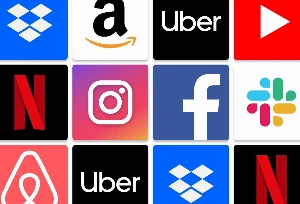Many people conflate the concepts of gamification and game design, but this is false, as in the sense of design these two notions are practically unrelated. Gamification UX design is actually a method for designers to embed gamification features and mechanisms into non-gaming environments, for example, mobile apps or websites. The implementation of gameplay elements helps improve the interaction with the user and consequently the engagement with the product or utility. In this way, a designer could include a playful feature such as stickers and badges or a challenge to get users to engage and react better to the site or mobile app. In a non-gaming setting, using game-like engagements can assist users to become more enthusiastic and involved. These components might include a specific grind to check in on the website or app and be rewarded. Users are motivated by such factors, and their behavior as “players” is influenced to complete the desired activities.
The technique of gamification in UX design combines a user-centric attitude with sophisticated design, to eliminate destructive patterns. As a result, UX designers are able to implant behaviors that contribute to the betterment of end-users. Moreover, gamification isn’t really a one-size-fits-all or binary idea; it may be implemented in a variety of ways, based on the demands of the user and the product. Moreover, gamification is a vital tool that may increase user engagement and satisfaction, rather than the primary goal of UX design.
Types of Game Mechanics for UX Improvement
Gamification seems to be a tricky design method that entails combining various game components with interactive UI features. It is essential to be aware that this method is not aimed at transforming products or services in a game, rather giving the result a game-like feeling of excitement. Below are some of the UX gamification examples that have been utilized to improve UX design:
Challenge
Human behavior is built in such a way that it always forces us to accept challenges and this proves that challenges add a natural attractiveness to any action or activity that people attempt. In a nutshell, one of the most engaging game elements is the use of a challenge in sites or smartphone apps. Furthermore, a challenge encourages end-users to execute the desired action, making it an efficient tool for boosting UX. The designer may, nevertheless, add certain incentives to boost the challenge’s performance and inspire participants.
A great case in point is Habitica, a workflow productivity supplement that offers users a variety of tasks that enable them to challenge each other. Thus, using the app becomes interesting and engaging, allowing users to simply gamify their lives.
Stickers and Badges
Another great way to encourage user engagement is through stickers and badges. When users accomplish a series of tasks or earn a particular amount of points, they can be awarded stickers and badges. Virtual prizes are common in video games, so most people are familiar with them.
Such awards may be constructed in a variety of ways, allowing for a range of interesting freedom. Stickers become more valued because they have been popular for a long time. Any of these virtual prizes, on the other hand, could be a powerful motivational factor for the customer.
As an example, Duolingo, a well-known language learning solution, practices using badges to treat users after they complete a certain amount of skills, introducing a certain number of lingots, and following their friends.
Points
The next mode of gamification design points. Numerous videogames employ a point system for determining how successful players are in overcoming barriers. A product may include the same principle with gamification, which serves both stakeholders and users. Subscribers may track how much time they spend on the application or website, while stakeholders can notice how far they’ve come. It’s a better idea to score based on the number of video views or marks received.
For instance, when participants complete lessons on Codecademy Go, an online service where they may master coding and technology engineering, they are awarded points.
Leaderboards
It becomes part of the human condition to want to be a leader in every situation. For people who participate in the contest, leaderboards render chores more engaging. Using a mechanism that ranks visitors according to how many badges they have may increase confidence and motivation users to learn extra around an online platform. Leaderboards, on the other hand, might have a bad effect in some circumstances since visitors may become demotivated by trying to compare themselves to others with higher rankings. This implies that the game element must be applied carefully in order to optimize the user experience.
Journey
This type of gamification UX design seeks to make interacting with the item more straightforward and feasible. The consumer may experience as if he or she is embarking on a personal adventure with the product. As an illustration, upon that onboarding page where the user begins, an introduction to the functionality may be provided so that users are not frightened to make an error. Whenever an adventure proceeds, it is suggested that you apply the “scaffolding” strategy. It refers to gradually revealing functionality as clients get far more familiarity with the service. People may avoid mistakes with this method, and the item is more enjoyable to use. The development component can also be used to enhance the journey aspect. We can motivate users to keep their journey by giving data about their achievements.
Constraints
Incorporating a feature that requires players to complete a job within a specified amount of time increases game enjoyment. A similar strategy may be used in a gamification product by requiring users to accomplish a job in less than a day. Users are motivated to a certain part by the limits, which force them to act swiftly and respond quickly.
How To Use Gamification In UX Design










_1758804763-small.webp)
